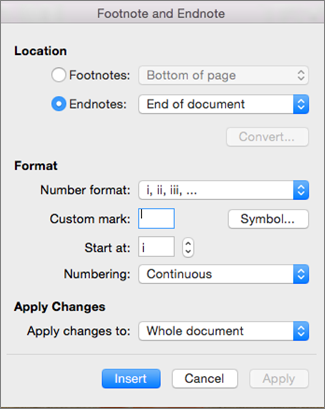

Show the first line of text or all text.

→ The slash (/) key on the numeric keypad
Expand or collapse all text or headings. ↝These shortcuts only apply if a document is in Outline view. Each view makes it easier to do certain tasks.įor example, Read Mode enables you to present two pages of the document side by side, and to use an arrow to move to the next page. Word offers several different views of a document. Go to "Tell me what you want to do" and Smart Lookup.→ Alt+Q Ctrl+Shift+ → Increases the selected text size by one font size. Ctrl+Shift+> → Increase selected font +1pts up to 12pt and then increase font +2pts. Ctrl+Shift+L → Quickly create a bullet point. Ctrl+Y → Redo the last action performed. Ctrl+W → Close the currently open document. Alt, F, A → Save the document under a different file name. Ctrl+R → Aligns the line or selected text to the right of the screen. Ctrl+O → Opens the dialog box or page for selecting a file to open. Ctrl+N → Opens new, blank document window. Ctrl+L → Aligns the line or selected text to the left of the screen. Ctrl+J → Aligns the selected text or line to justify the screen. Ctrl+E → Aligns the line or selected text to the center of the screen. Ctrl+D → Open the font preferences window. Ctrl+A → Select all contents of the page. Ctrl+0 → Toggles 6pts of spacing before a paragraph. Note: If the device you are using does not have function keys (F1-F12) on its keyboard, like a Chromebook, certain shortcuts will be unavailable to you. If your keyboard does not have a DELETE ⌦ key, use FN+DELETE.Please be aware that some of these shortcuts may not work in all versions of Microsoft Word. Move the cursor to the end of the current wordĭelete the character to the left of the cursor, or delete the selected textĭelete the character to the right side of the cursor, or delete the selected text Move the cursor to the beginning of the current word Move the cursor to the end of the current paragraph Move the cursor to the beginning of the current paragraph Paste a selection from the Clipboard and match the destination style Send a note as an attachment to an e-mail message In month view, move to the next month.Ĭlose the current open contact and open the previous contactĬlose the current open contact and open the next contactĬlose the current open task and open the previous task in the Tasks listĬlose the current open task and open the next task in the Tasks listĬlose the current open note and open the previous note in the Notes listĬlose the current open note and open the next note in the Notes list In week and work week views, move to the next week. 
In month view, move to the previous month. In week and work week views, move to the previous week. Scroll up to the previous screen of text or, if you are at the beginning of a message, display the previous messageĭelete the current message, and, if the message window is open, close it Scroll down to the next screen of text or, if you are at the end of a message, display the next message Increase the display size of text in an open message or in the reading pane Mark the selected message as not junk mailĭecrease the display size of text in an open message or in the reading pane Open the selected message in a separate window Reply to the sender of the message or, if the message is from a mailing list, reply to the mailing list Save the open message and store it in the Drafts folderĬheck recipient names in the open messages Send all messages in the Outbox and receive all incoming messages Move forward through boxes in a dialog boxįind the next instance of the text you searched for in an itemįind the previous instance of the text you searched for in an item Open the error log or make it the active window Open the Progress window or make it the active window Select all items in the item list, if the item list is the active pane Move the selected item to a different folderĬopy the selected item to a different folder Hide the reading pane or show it on the right Hold down the OPTION key, and then click the Outlook icon in the Dock.Ĭreate a new folder in the navigation pane Open the Database Utility while Outlook is closed Use this option to prevent receiving connection errors when you use Outlook while you are not connected to the network. Start Outlook without running schedules or attempting to connect to a mail server. Here they are however if you notice a few missing, please let me know so I can add them to the list! Most Common Shortcuts Action







 0 kommentar(er)
0 kommentar(er)
